
BY JEANETTE HART-MANN, LAND ARTS OF THE AMERICAN WEST DIRECTOR
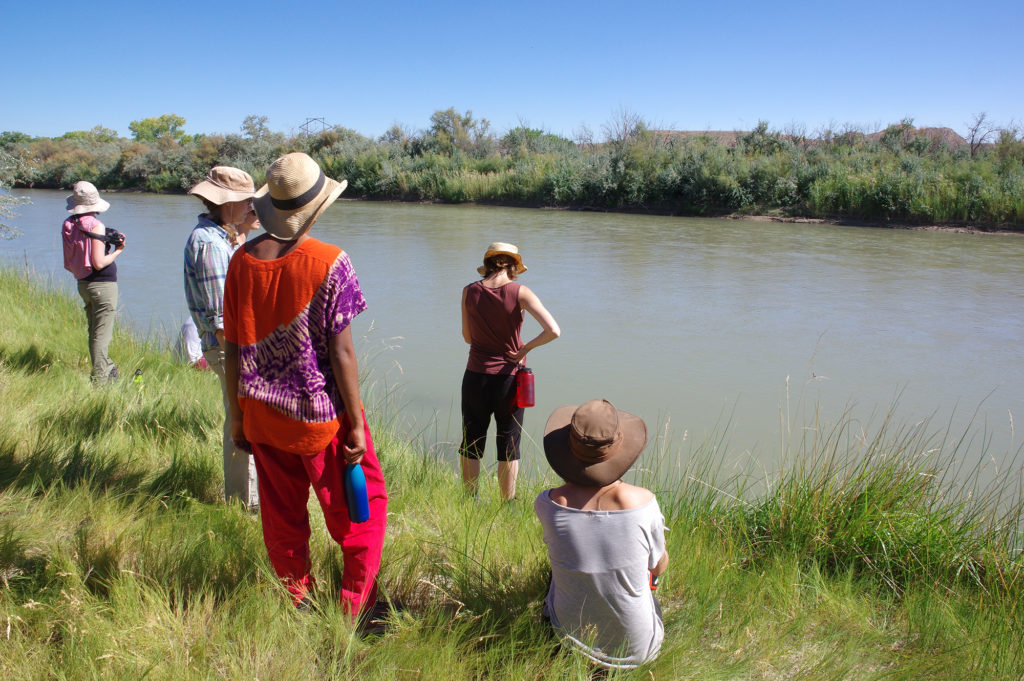
LAAW Artists visiting the San Juan River, Tse Daa K’aan, Dinétah, 2016. (photo: Jeanette Hart-Mann)
We were all standing along the green bank, watching the greyish-brown muddy waters flow by. It was not a mad river. But it seemed strong, wide, and intimidating in its flow westward. Mud, trash, and dead limbs were scrambled among the salt cedars nearby and I could see into the past where the waters once yellow rose of the Animas to San Juan.
Someone asked, “Can we swim here?”
We had just come from one of the biggest bathtub rings in the world, Lake Powell, where the whole group had plunged into the greasy once-was-Colorado River-turned-reservoir, grateful for cool in the 100 degree heat, but also grossed out by the feeling of stagnation and accumulating lake boat refuse covering our bodies. Before this we were surfing the petrified sand dunes of Muley Point, Utah where the great inland seas formed water as stone. And in the beginning we were high up in the San Juan Mountains at the headwaters of the Rio Grande exploring the magic of rivers being born at a moment between mountains and sky. In all these places our intention was the same, to engage our surroundings as artists and facilitators through embodied creativity, curiosity, and mindfulness, to learn and teach each other, to make art situated with and in the land, share this with others, and, most importantly, to do this as a collective community supporting one another.
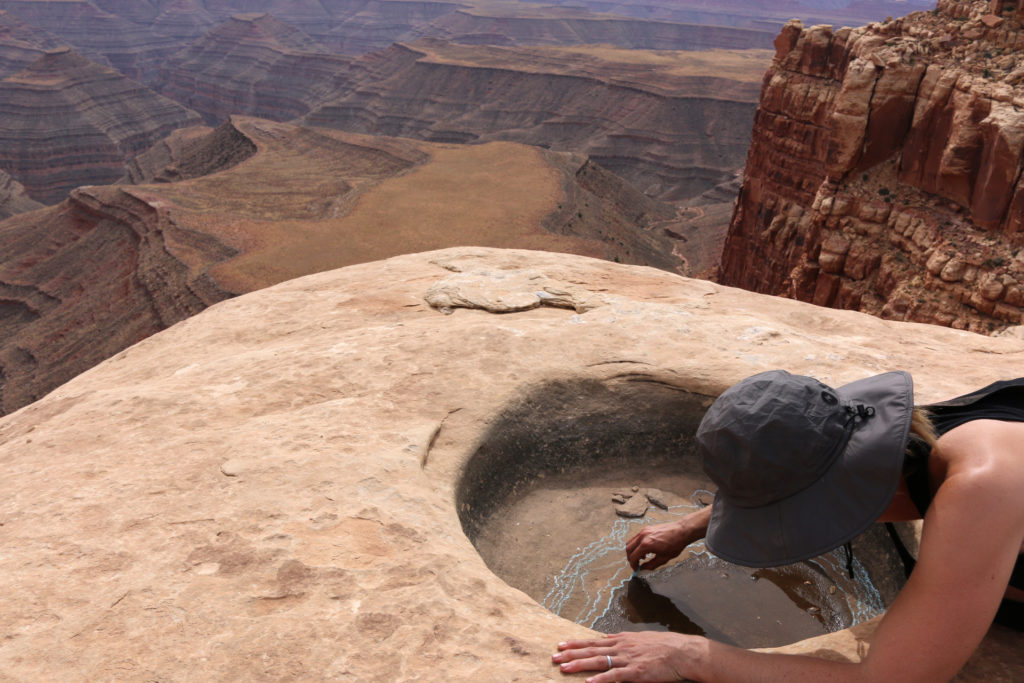
Water/Line 1, Rachel Zollinger, 2016 (photo: Joerael Elliott)
All of this is made possible by a program called Land Arts of the American West (LAAW), based out of the University of New Mexico’s, Art & Ecology area. Since 2000, LAAW has taken undergraduate and graduate art students throughout the bioregion to intimately and critically connect with the land, ecology, communities, and relevant issues around the Southwest. This, in turn, inspires a plethora of creative and provocative works from these emerging artists where emphasis is placed on process over production, relationships over objects, and making art that is performative, dialogic, and connected to place. Advocacy is also at the center of this, where each individual artist is supported to engage the world and environmental concerns they care deeply about through empathy, agency, and responsibility.
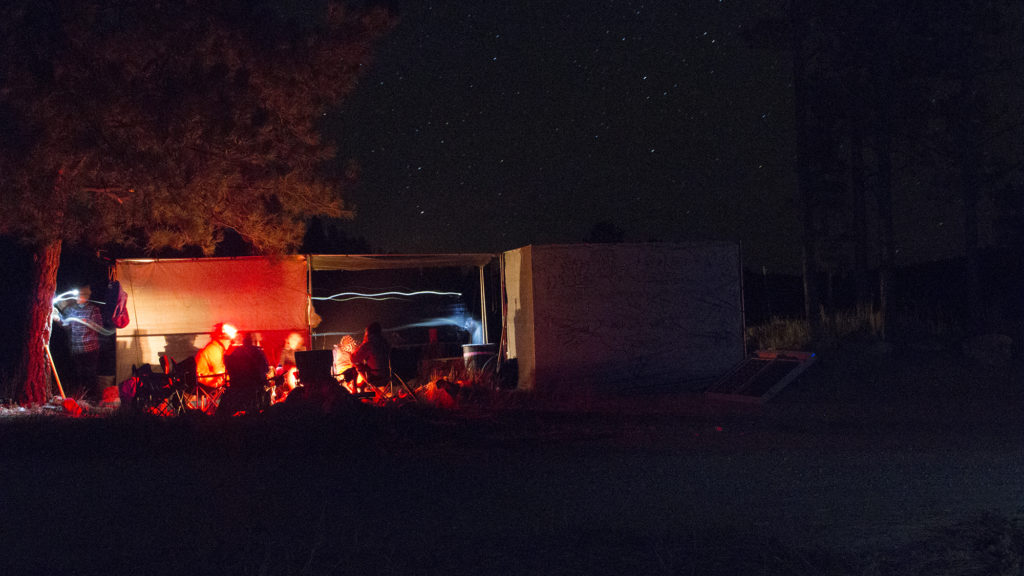
LAAW Basecamp at Valle Vidal, Experimental work by Rachel Zollinger, 2016 (photo: Rachel Zollinger)
After approximately 6 weeks in the field, the group returns to UNM for creative/collective workshopping and independent studio to bring experimental works to fruition for public presentation at events and exhibitions. This hands-on approach to cultivating a professional creative practice embedded in bioregional concerns is a radicle reshaping of education and it is timely at this moment of environmental and political crisis. In the arts, institutions, and in communities, across all sectors of the public and private, we need creative people who are passionate and caring agents of change, inspired by a deeply resonant relationship with the earth and others. For the last 16 years, LAAW has been instrumental in fostering these connections.
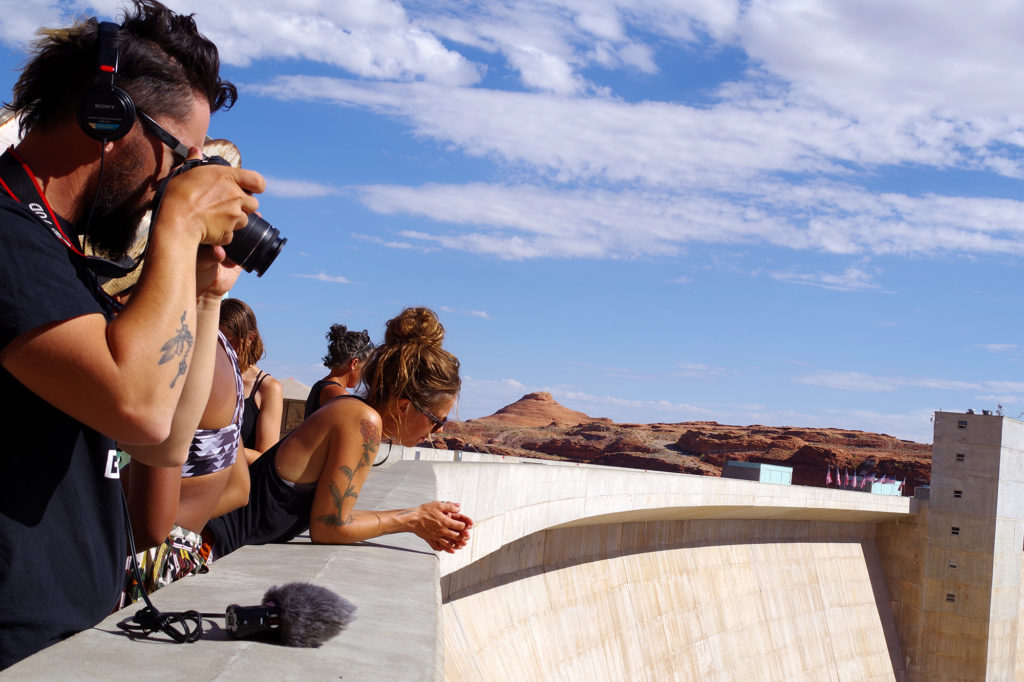
LAAW touring Glen Canyon Dam, 2016 (photo: Hollis Moore)
In the fall of 2016, LAAW partnered with SFAI and resident artists, Joerael Elliot, Ruth Le Gear, Annie Danis, and Andrea Steves of Fictilis for a semester of programming dedicated to Water Rights. Field sites included Albuquerque water flows, Rio Grande Headwaters, Muley Point, Glen Canyon Dam, Fracking and Toxic Water in Dinétah, Wild Rivers, Valle Vidal, Gila Wilderness, Southwest Texas and the Trans-Pecos Pipeline, Big Bend State Park, and White Sands. Visiting guides, scholars, activists, and artists included: Los Jardines Institute, Bernalillo County Water Authority, Ryan Pierce, Valle de Oro National Refuge, Dr. Larry Emerson, Daniel Tso, Dorothea Redhorse, Perry Charley, Northern Diné Youth Committee, and Alyce Santoro. Throughout this journey the LAAW artists worked on many projects inspired by these generous guests, as well as, the lands, plants, animals, and waters we lived side by side with. During this process artists document work and write blog posts describing their art, research, process, and poetic inklings. Here is a link to the blog, check it out and sign up for upcoming 2017 fall programming posts.
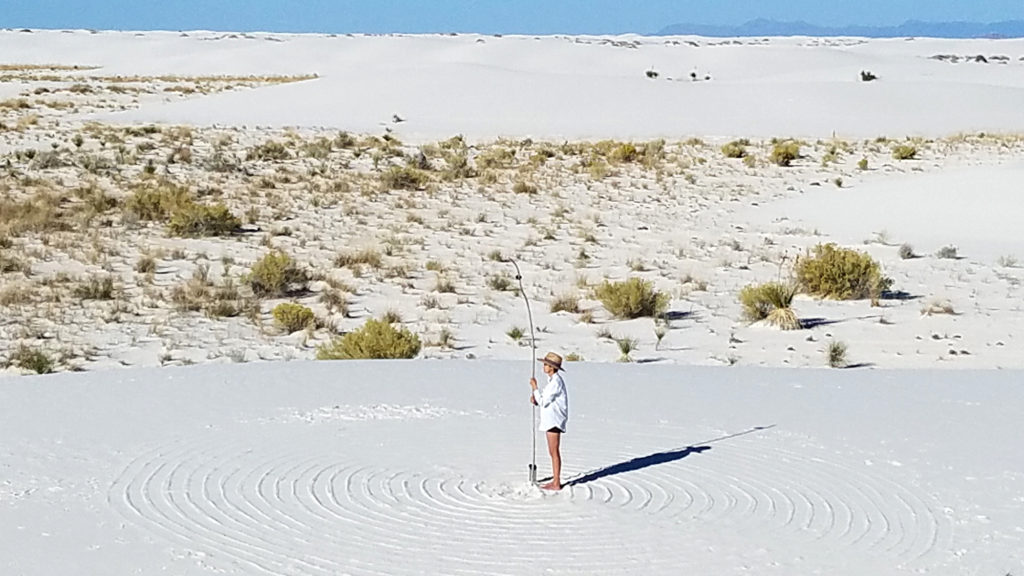
Human Sundial, Andrea Stevens, Hollis Moore, Kaitlin Bryson, Molly Zimmer, Hamshya Rajkumar, Nancy Dewhurst, Rachel Zollinger, 2016 (photo: Jeanette Hart-Mann)
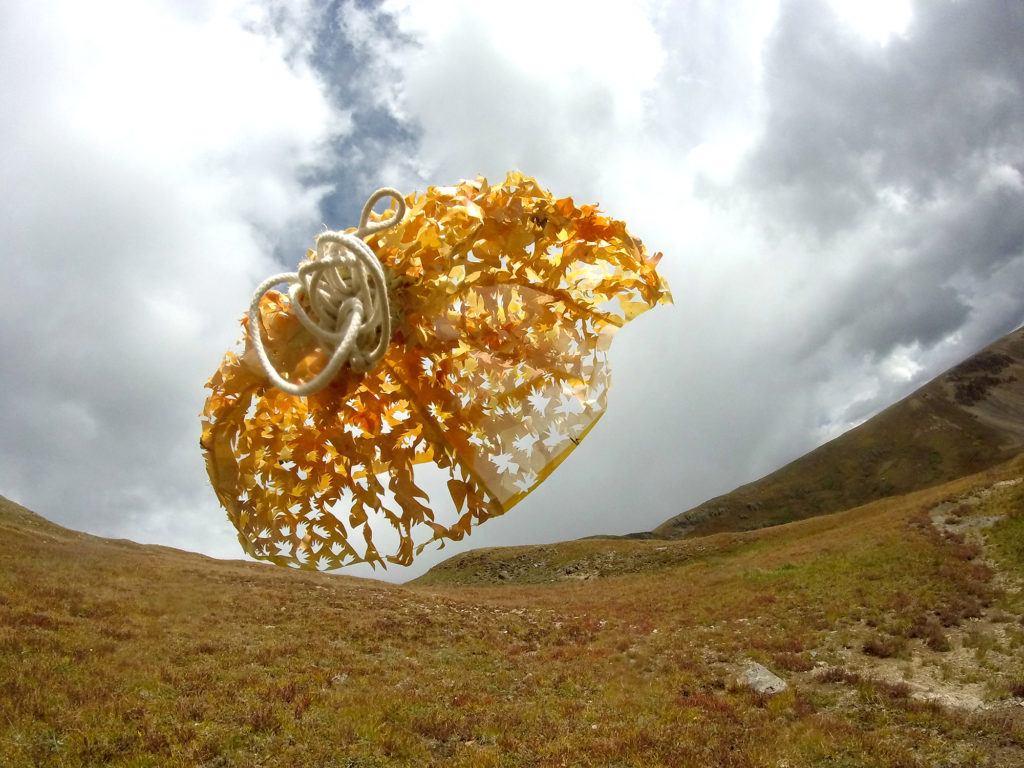
Headwaters Rio, Hollis Moore, 2016 (photo: Hollis Moore)
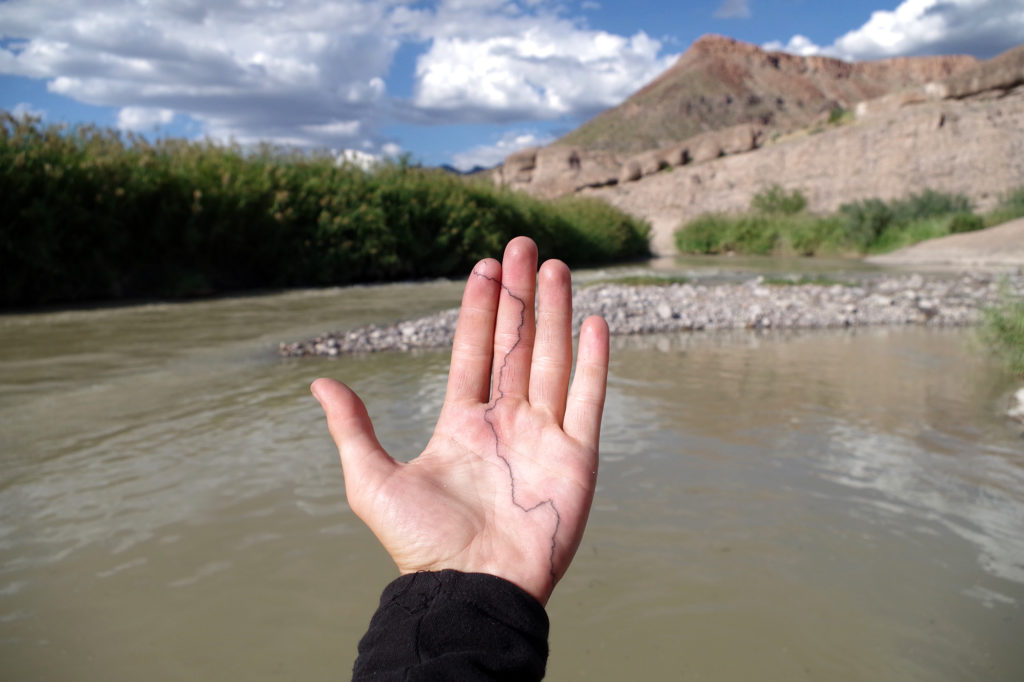
Lifelines, Kaitlin Bryson, 2016 (photo: Kaitlin Bryson)
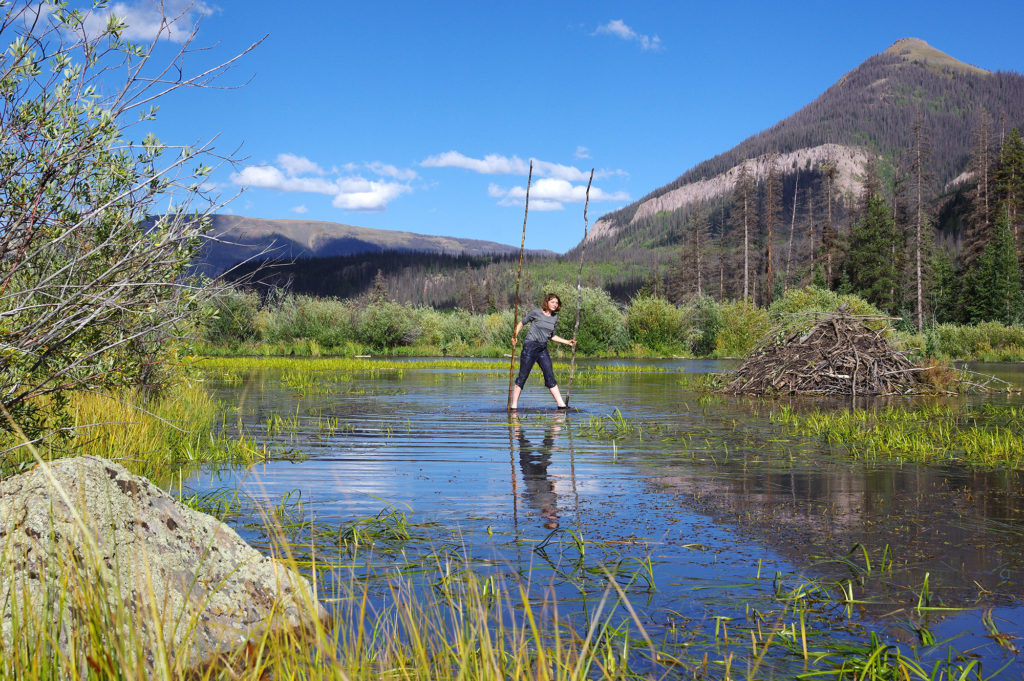
Walking on Water, Nancy Dewhurst, 2016 (photo: Jeanette Hart-Mann)
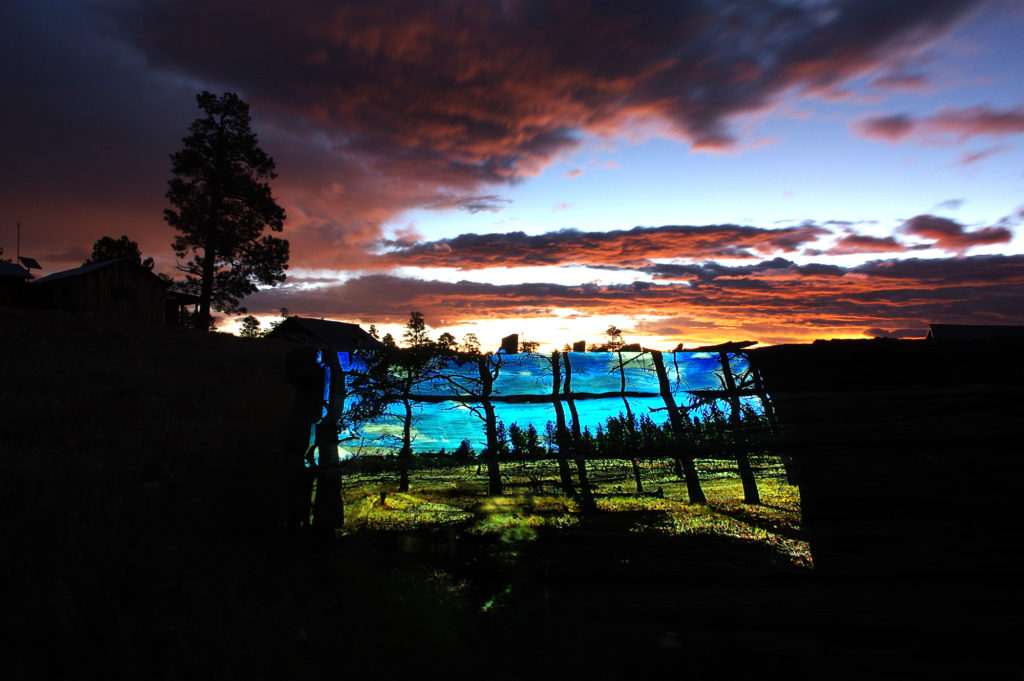
Hydroscape: Valle Vidal, Jeanette Hart-Mann and Ryan Henel, 2016 (photo: Jeanette Hart-Mann)
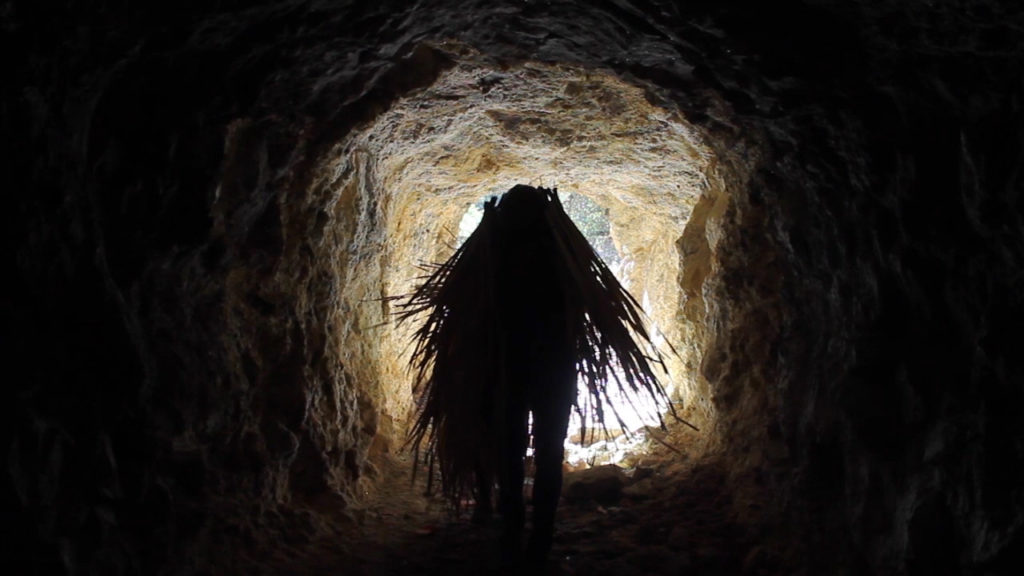
Creature, Molly Zimmer and Nancy Dewhurst, 2016 (video still)
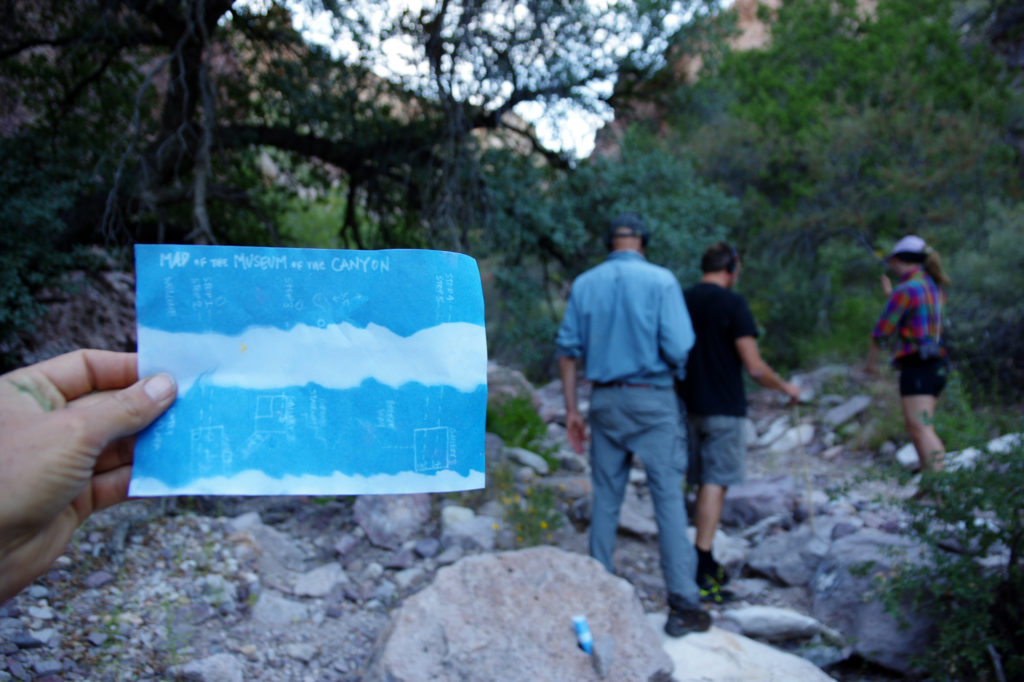
Museum of the Canyon, artists Annie Danis and Fictilis, Brock Canyon, Gila River, 2016. (photo: Jeanette Hart-Mann)
As creative voyeurs, LAAW artists experiment with methods, tools, and processes, which are not only new to them, but are also innovative as forms of creative practice. The intention is not to be the “avant garde,” but rather to work deeply within these spaces and cross boundaries for the sake of what is at stake, the care these artists have of the world. Individual genius dissolves into experiential profundity and collaboration, support, dreams, and hope replace competition, ego, and the one over the many. Living day in and day out with this group of highly interdisciplinary artists, naturally weaves collaboration into the mix. During these artistic wanderings, embodiment and putting one’s body into action become one with connecting to the environment and making art. Following lines of inquiry, responding to environmental conditions, trialing and erring, and returning to the collective force of this community of artists working side by side, the process is emergent, generative, and a call and response.
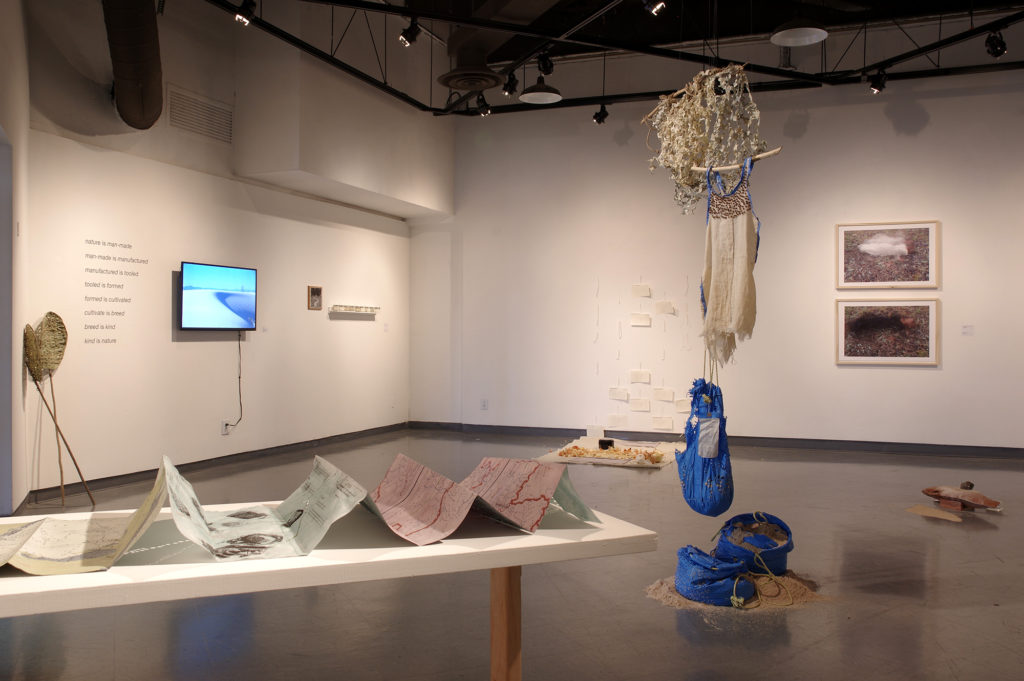
2016 Land Arts of the American West Exhibition, John Sommers Gallery UNM, 2016. (photo: Jeanette Hart-Mann)
In addition to the individual projects cultivated by these artists, every year the group works together on a public collaborative project. With our partnership in the SFAI Water Rights Residency, we decided to focus our attention on what this is… what are the Rights of Water? Throughout the fall semester the LAAW group learned, looked, experienced, and connected to water throughout the bioregion. From toxic contamination to super engineered to the free flowing Gila to a parched absence, we considered all its life flows and how these engender the forms we take for granted. Bringing this together, LAAW presented a one night participatory performance at SFAI called, Tributaries. Through the process of a visual, temporal, and performative installation, the artists and audience enacted how water sinuously cycles from place to place and hand to hand as a living organism.
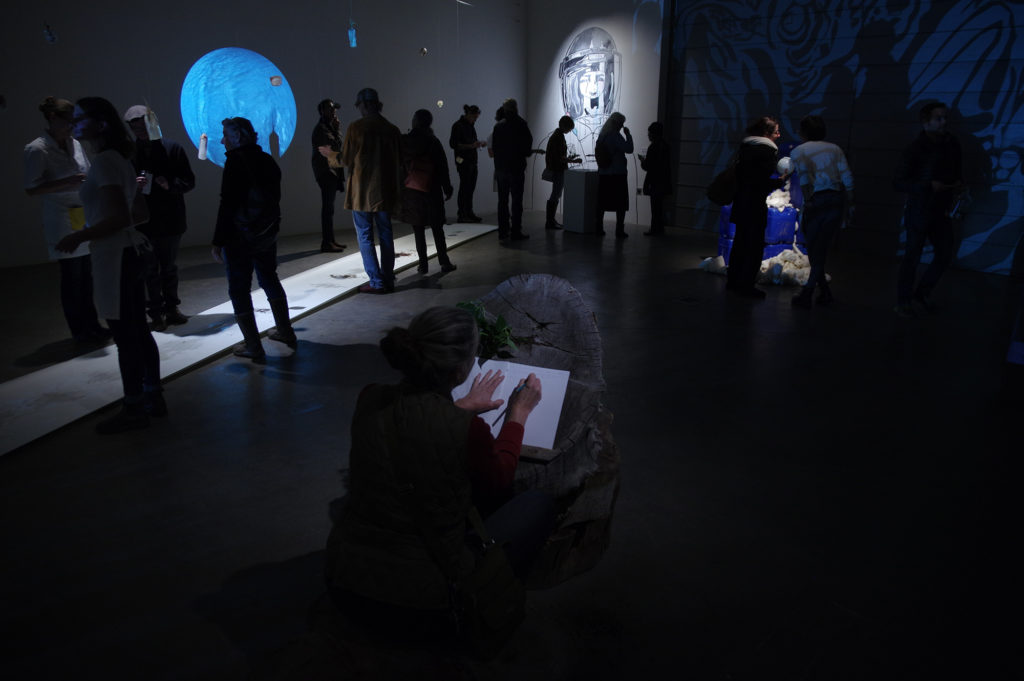
Tributaries, Annie Danis, Fictilis, Hamshya Rajkumar, Hollis Moore, Jeanette Hart-Mann, Joerael Elliot, Kaitlin Bryson, Molly Zimmer, Nancy Dewhurst, Rachel Zollinger, Ryan Henel, Ruth Le Gear, 2016. (photo: Daniel Zollinger)
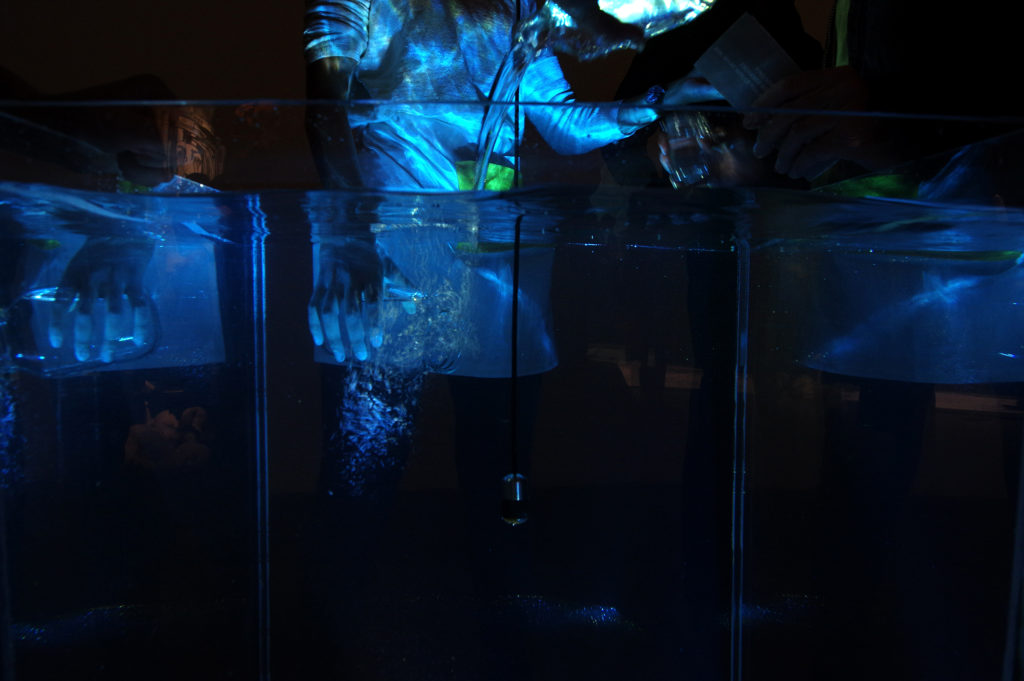
Tributaries, Annie Danis, Fictilis, Hamshya Rajkumar, Hollis Moore, Jeanette Hart-Mann, Joerael Elliot, Kaitlin Bryson, Molly Zimmer, Nancy Dewhurst, Rachel Zollinger, Ryan Henel, Ruth Le Gear, 2016. (photo: Daniel Zollinger)
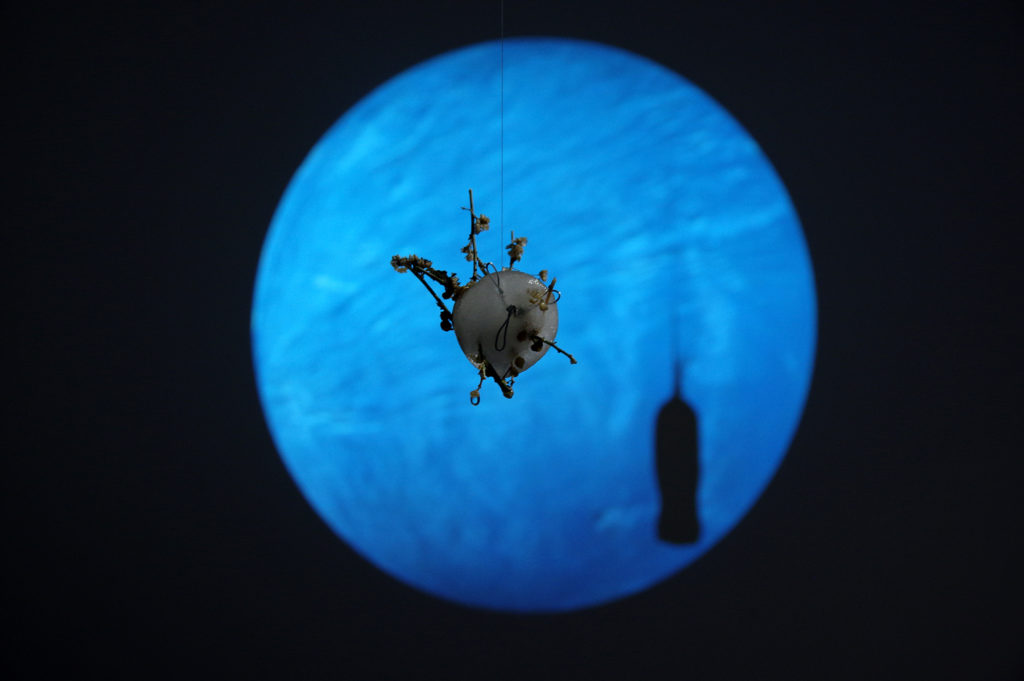
Tributaries, Annie Danis, Fictilis, Hamshya Rajkumar, Hollis Moore, Jeanette Hart-Mann, Joerael Elliot, Kaitlin Bryson, Molly Zimmer, Nancy Dewhurst, Rachel Zollinger, Ryan Henel, Ruth Le Gear, 2016. (photo: Daniel Zollinger)
Returning to the banks of the San Juan River one year after the Gold King Mine Spill and the river who ran yellow, our question still remains, “Can we swim here?” For an artist who feels and responds with body and mind, the tension of denial is important. No, we cannot swim here. This is a reality of the world that not only we live in, but many others do as well, including the many communities of people and the more than human who call this river home. The life of water itself is at stake and its life is reflective of ours. But this is not the end of our journey. Empathy and agency are forces nudging us onward. For UNM Art & Ecology Graduate and LAAW alumni, Kaitlin Bryson, this experience has become the focus of her Art & Ecology thesis as she develops creative mycoremediation processes and performances to detoxify this river and reconnect our bodies of water to their source.
FOR MORE INFORMATION ABOUT LAND ARTS OF THE AMERICAN WEST VISIT LANDARTS.UNM.EDU
VIDEO WORK COMPLETED BY 2016 ARTISTS
Machine, Nancy Dewhurst, 2016.
Absolve and Restore, Kaitlin Bryson, 2016.
For Creatures of the Desert, Kaitlin Bryson, 2016.
Turkey Creek, Rachel Zollinger, 2016.
LIST OF 2016 LAND ARTS OF THE AMERICAN WEST PARTICIPATING ARTISTS
Annie Danis, SFAI Water Rights Resident
Fictilis, SFAI Water Rights Resident
Hamshya Rajkumar, Glasgow School of Art, Sculpture & Environmental Art
Hollis Moore, UNM Printmaking
Jeanette Hart-Mann, LAAW Director
Joerael Elliot, SFAI Water Rights Resident
Kaitlin Bryson, UNM Art & Ecology
Molly Zimmer, UNM Painting & Drawing
Nancy Dewhurst, Glasgow School of Art, Sculpture & Environmental Art
Rachel Zollinger, Artist
Ryan Henel, LAAW Field Coordinator
Ruth Le Gear, SFAI Water Rights Resident
MANY THANKS TO THE LANNAN FOUNDATION AND THE ANDREW W. MELLON FOUNDATION FOR THEIR GENEROUS SUPPORT OF LAND ARTS OF THE AMERICAN WEST

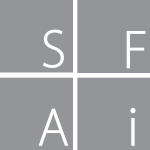 © Santa Fe Art Institute / Santa Fe, New Mexico /
© Santa Fe Art Institute / Santa Fe, New Mexico /